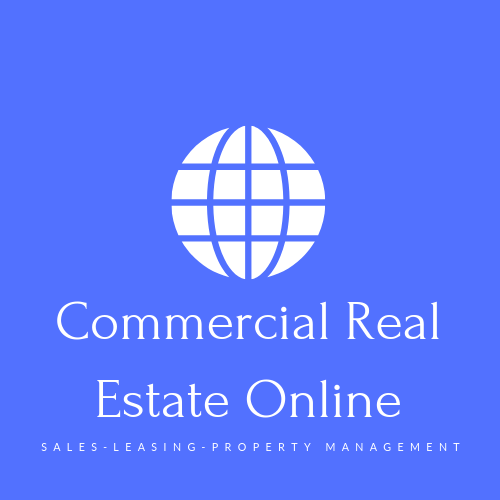
When you lease and manage commercial property today, you really do need to monitor the activities of tenants within the tenancy mix and be ready to respond to occupancy issues. Be aware of the changes within the building and the activities of tenants in each of the separate premises.
(N.B. these ideas are also sent out to regularly to our friends in Commercial Real Estate Online Snapshot to help amplify brokerage results…. Get your access here)
Why worry about this?
It is better to be ahead of the tenancy problems before they become overly large or pressured, thereby impacting the landlord and the asset. It is better to negotiate with the tenant through their trading or occupancy issue at the earliest stages.
- Protect the tenant mix, lower the vacancy factors in your asset, and keep your good tenants for the long term.
Most buildings today with multiple tenants in occupation will have some form of tenant retention plan to consolidate occupancy and cash flow over the foreseeable future. Within that document will be the necessary lease strategies, rental indicators, and tenant profiles.
So what is it?
It is a landlord based investment planner to help with occupancy planning. Shopping centres and large office towers would have such tenant planning processes in place, and then they adjust the plan every year based on what can be observed and predicted in tenant occupation and known vacancies.
Tenant retention planning?
So the retention plan is a document that allows you to prepare at the earliest stages for the worst and best possible leasing scenarios, and control the best outcomes. In other words, you can stay well ahead of the leasing and tenant mix problems before they get out of hand. Isn’t that what the leasing strategies should be in any investment property?
- Look for the indicators and the pressure points of occupancy. Given the pressures of the economy and business today, tenants can sometimes suffer with pressures of cash flow emanating from variations of staff structure, seasonal sales, production, and intellectual property.
So what can you do here?
On a regular basis look at how the tenant and their business appears to be tracking, and wherever possible identify any weaknesses that could impact occupancy. In simple terms, you stay close to the tenant in every way possible through a series of telephone calls, meetings, and email exchanges. You take plenty of notes, and you negotiate through any issues as early as possible.
Here are some ideas to help you with that lease management strategy:
- Inspect the property and the tenancy frequently so that you can see when changes are underway. Where necessary, take photographs and plenty of notes to support your observations. You can see variations with staffing, management structures, production, on-site storage, and business activities. Look for the indicators and asked plenty of questions.
- Stay in contact with the decision makers of the business so that you can identify when they are under any particular pressure of occupancy. In any corporate structure there will be different levels of management to interact with. Take notes and make observations when it comes to any meetings with tenants and management personnel. A simple thing evolving from a meeting today can be a major issue in the future. Understand the impact of a shift in rental or tenant occupancy within the asset.
- Watch for any shift or change relating to staffing and management within the tenant business. Are they still employing the same number of people? Has the management structure changed within the business? When you see changes, ask questions.
- The lease document will be important when it comes to enforcing lease conditions and rental cash flow. Review the lease regularly for the necessary critical dates and methods of response that apply to the occupancy process.
Given all of these things, the landlord needs to be fully briefed on any lease issues and recent tenant meetings. Those facts can be merged into the end of month reporting for the property leasing and tenant management updates.
(N.B. these ideas are also sent out to regularly to our friends in Commercial Real Estate Online Snapshot to help amplify brokerage results…. Get your access here)


You must be logged in to post a comment.